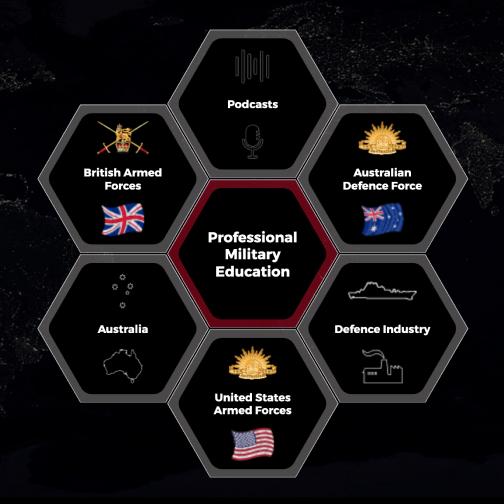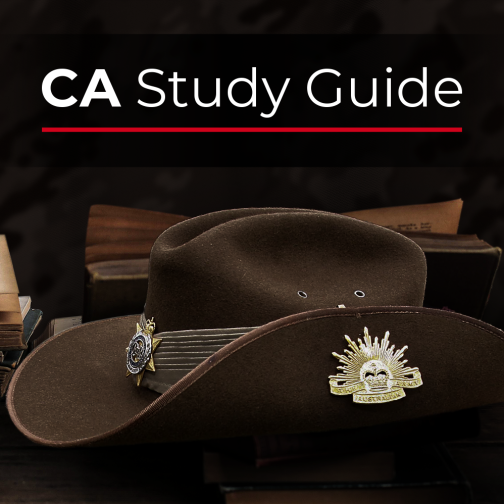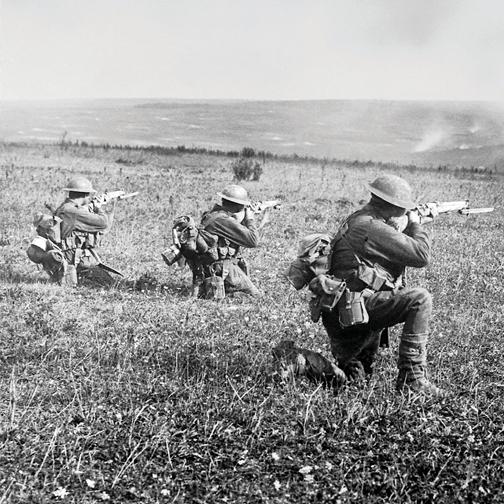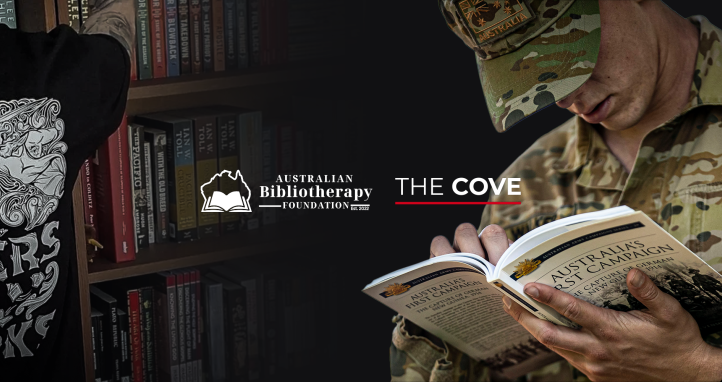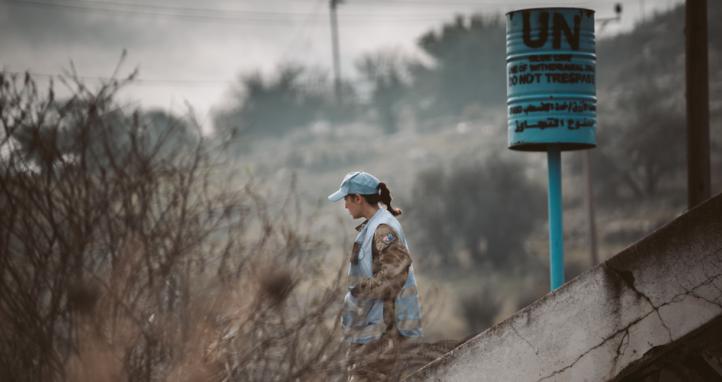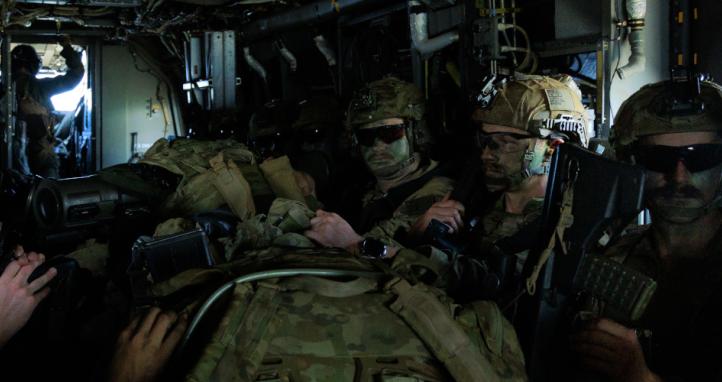Sergeant Lewis McGee VC (1888 - 1917, 29yo)
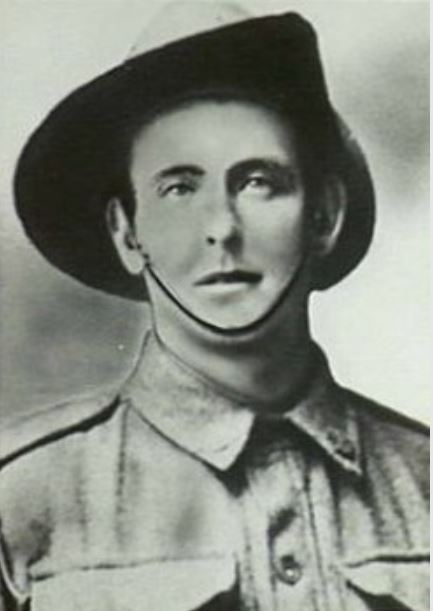 Lewis McGee was born on 13 May 1888 in Campbell Town, Tasmania. After finishing school, he worked as an engine driver for the Tasmanian Department of Railways before enlisting in the Australian Imperial Force on 1 March 1916. Assigned to the 40th Battalion, McGee quickly demonstrated leadership qualities and resilience under pressure.
Lewis McGee was born on 13 May 1888 in Campbell Town, Tasmania. After finishing school, he worked as an engine driver for the Tasmanian Department of Railways before enlisting in the Australian Imperial Force on 1 March 1916. Assigned to the 40th Battalion, McGee quickly demonstrated leadership qualities and resilience under pressure.
After arriving in England, the 40th Battalion deployed to the French-Belgian border in late November 1916. McGee’s aptitude in the field was quickly recognised—he was promoted to Lance Corporal less than a month after enlistment, to Corporal in December, and to Sergeant by January 1917.
The battalion participated in the Battle of Messines in June 1917 and later joined the grueling Third Battle of Ypres. By September, conditions had deteriorated into what soldiers described as a sea of mud and water.
On 4 October 1917, during the assault on Broodseinde Ridge, McGee’s platoon was pinned down by machine-gun fire from a German pillbox. In a bold and selfless act, McGee crossed open ground alone, armed only with a revolver. He stormed the position, shot several of its occupants, and captured the remainder, clearing the way for the platoon’s advance. He then rallied his remaining troops and led them forward with the same fearless determination.
For his exceptional courage and decisive leadership, McGee was awarded the Victoria Cross. However, the honour was posthumous—just eight days later, on 12 October 1917, he was killed in action during the fighting at Passchendaele. He was laid to rest at Tyne Cot Cemetery in Belgium.
McGee’s actions at Broodseinde Ridge stand as a lasting testament to his bravery, initiative, and devotion to his comrades.
Air Vice Marshal Francis Hubert (Frank) NcNamara VC (1894 - 1961, 67yo)
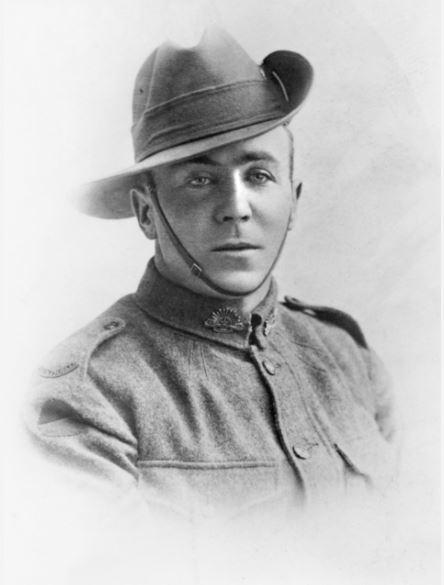 Frank Hubert McNamara was born in Rushworth, Victoria on 4 April 1894. After completing his schooling, he began working as a junior teacher in 1911 and earned his teaching diploma by 1914. A former school cadet, McNamara was commissioned in the 46th Infantry Battalion in 1913. When the First World War broke out, he undertook garrison duties at Queenscliff and Point Nepean before attending Officer Training School at Broadmeadows in December 1914. He then served as an instructor at the AIF training depot until August 1915.
Frank Hubert McNamara was born in Rushworth, Victoria on 4 April 1894. After completing his schooling, he began working as a junior teacher in 1911 and earned his teaching diploma by 1914. A former school cadet, McNamara was commissioned in the 46th Infantry Battalion in 1913. When the First World War broke out, he undertook garrison duties at Queenscliff and Point Nepean before attending Officer Training School at Broadmeadows in December 1914. He then served as an instructor at the AIF training depot until August 1915.
Selected for pilot training, McNamara attended the military aeronautics course at Point Cook and graduated in October 1915. After further training in England, he was posted as Adjutant to No. 1 Squadron, Australian Flying Corps (AFC), and served as an instructor with No. 22 Squadron, Royal Flying Corps, before rejoining No. 1 Squadron in Egypt later in 1916.
On 20 March 1917, McNamara became the first Australian airman to be awarded the Victoria Cross. During a raid near Junction Station, he was wounded by anti-aircraft fire but noticed fellow pilot Captain D. Rutherford had crash-landed and was under threat from advancing enemy cavalry. Despite his injury, McNamara landed his single-seat Martinsyde aircraft to rescue Rutherford. With Rutherford clinging to the aircraft's struts, McNamara attempted takeoff but crashed due to the imbalance and rough terrain. The two men set fire to the wrecked aircraft and made their way to Rutherford’s damaged BE-2C. Under fire, they managed to start the engine, and McNamara—barely conscious from blood loss—flew them 70 miles back to base, where he safely landed before collapsing.
This daring rescue, conducted under direct enemy fire and in extreme physical distress, earned McNamara the only Victoria Cross awarded to an Australian aviator in the First World War.
Following his demobilisation in January 1918, McNamara returned to service as a flying instructor and steadily rose through the ranks. By the Second World War, he had attained the rank of Air Commodore and was appointed Air Officer Commanding in 1942, later rising to Air Vice Marshal. He retired in 1946 after a distinguished career.
Frank McNamara died on 2 November 1961 in Amersham, Buckinghamshire. He was buried following a funeral attended by a large congregation at St Joseph's Priory, Gerrard’s Cross. His legacy endures as one of Australia’s most heroic figures in military aviation history.
Last Reviewed 06/2025
